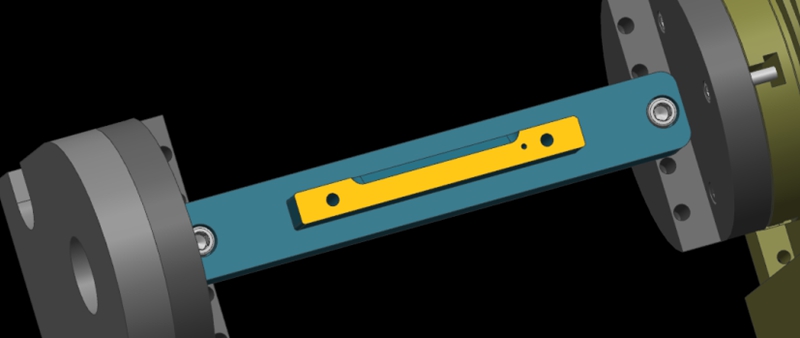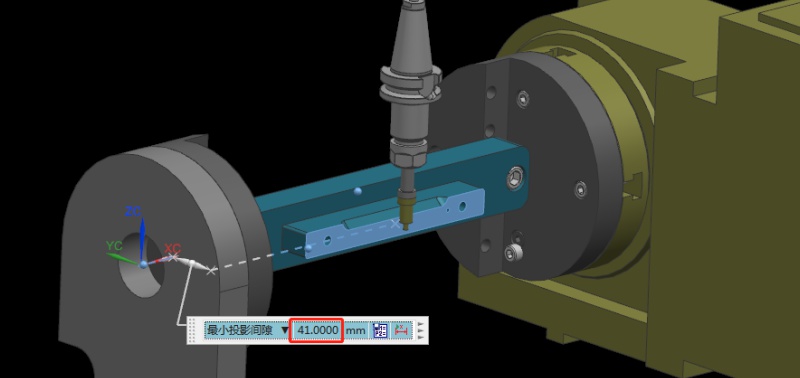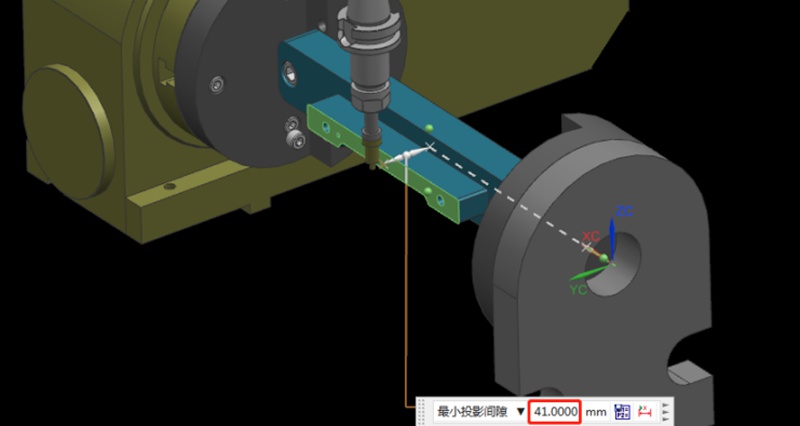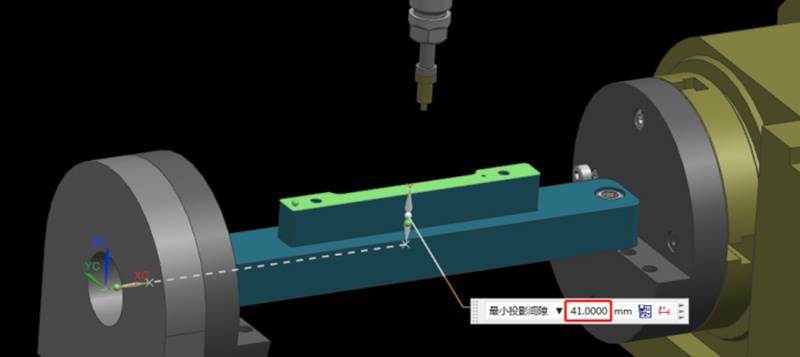Как определить центр вращения при работе на 4-осевом станке с ЧПУ?
Рекомендации
Press Fit Tolerance: Defination, Practices, And Calculation
The manufacturing industry is highly precision-centric, where even the slightest of margins can create huge differences in product quality, cost, and utility. This article discusses the topic of press fitting, where a few micrometers of deviation dictates the criterion for part failure. So, what is press fit and, the factors influencing press fit tolerancing, and present an example of a press fit calculator. We will also share some key tips to keep in mind while designing components for p...
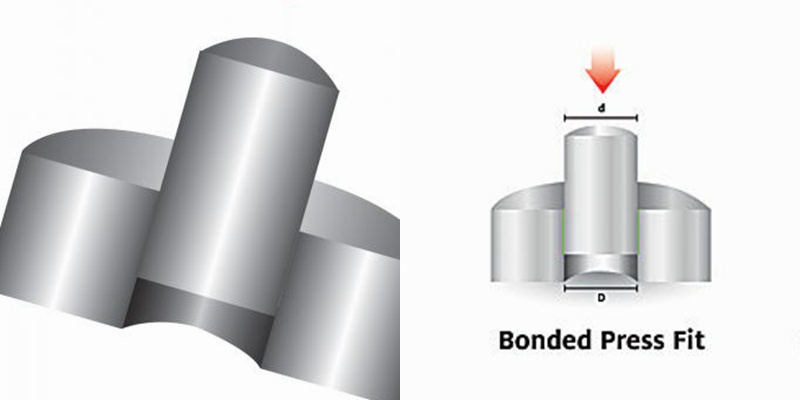
Как обрабатывать многогранные алюминиевые детали, разрабатывая технологические маршруты и приспособления?
В области обработки и производства выбор подходящей стратегии обработки важен для повышения эффективности производства. Как правило, многогранные обрабатываемые детали имеют сложную геометрию и жесткие требования к допускам. Поэтому выбор подходящего технологического маршрута для обработки таких деталей требует всестороннего рассмотрения. В этой статье компания Washxing проводит анализ различных технологических маршрутов для многогранных алюминиевых деталей и сравнивает 3+2-осевую обработку с ЧПУ...
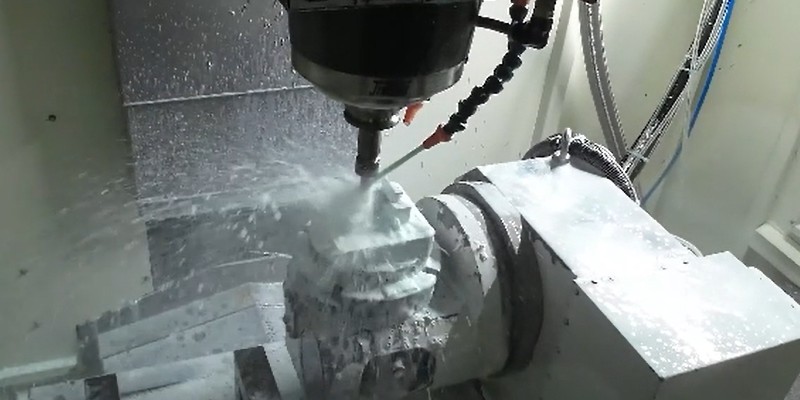
Machining Allowance Explained: Its Calculation And Matters
Machining allowance is a fundamental concept in manufacturing. It is a common engineering practice in CNC precision machining, ensuring dimensional accuracy, surface quality, and the production of reliable and functional components for a range of industries, including aerospace, defense, and medical. This article attempts to answer the question: what is machining allowance? We will take a deep dive into the concept of machining allowance and discuss why machinists leave machining allowanc...
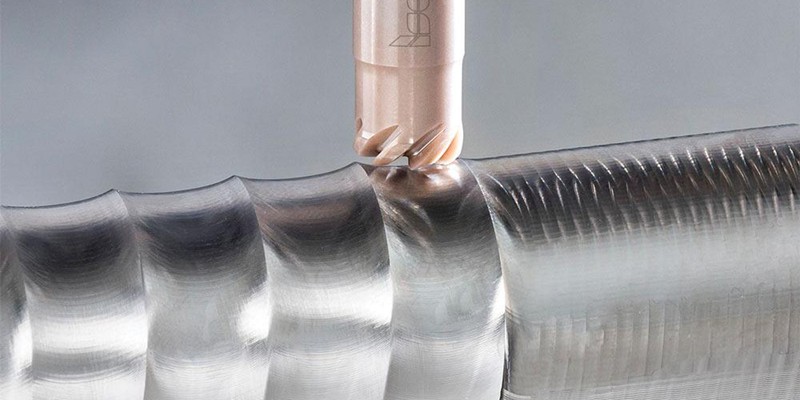
How To Create A Prototype With Steps: An Expert Guide
A prototype is an early version or physical model of a product idea that manufacturers can test and refine before investing in mass production. It acts as a product template and provides a practical approach to understanding a product’s appearance and function before production. When developing a product, product teams create a product prototype to test the product’s usability, design, and performance, gather user feedback, identify potential issues in the early stages, and identify possib...
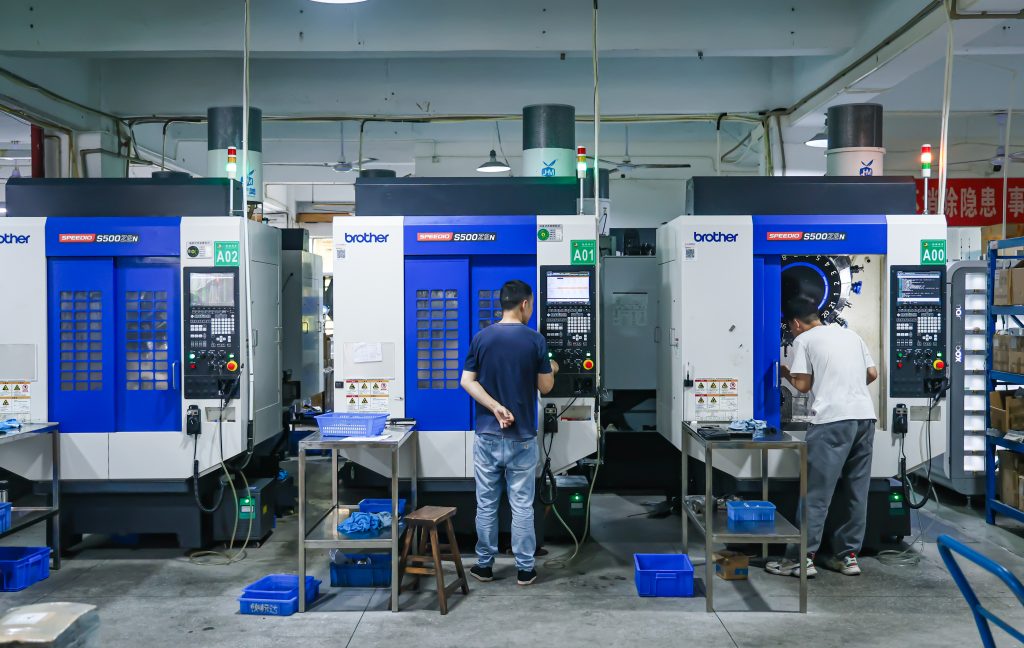
 Шэньчжэнь Washxing Technology Co.
Шэньчжэнь Washxing Technology Co.